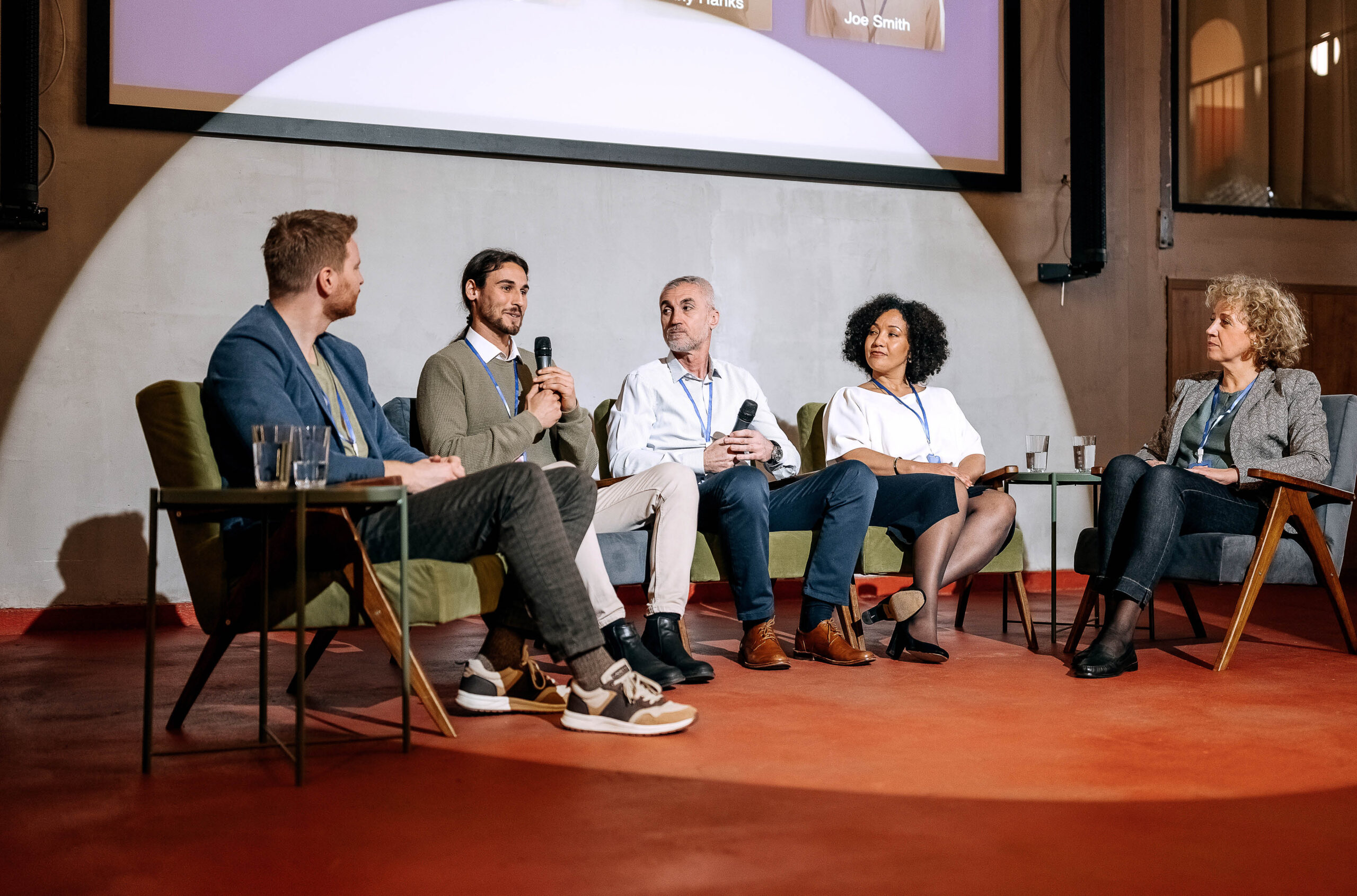Diversity in citation practices: auditing your list of references contributes to better science
As a researcher, you should intentionally consider voices and perspectives that you might have previously omitted or ignored.

Question:
I cite the best and most relevant works for my research. So why is my editor suggesting that I diversify the race and gender of the scholars that I cite? That seems to me like politics interfering with science.
– Anonymous, Mechanical Engineering
Dr. Editor’s response:
It’ll be no surprise to those familiar with my previous articles that I see science as a human endeavour and therefore as inherently political. When you review, consider, and seek to diversify who you cite, you’re not bringing politics into science. Instead, you’re recognizing the politics that are already there — notably, the systemic barriers that are keeping you from locating and considering good work done by women, BIPOC scientists, and other folks who are disproportionately marginalized in your field.
We know, for instance, that science by women “is often not known, is not appreciated or is ignored” (Ross et al. 2022, p. 135), and that female researchers both possess fewer status symbols than men and are published less quickly than their male peers, who thus acquire “first-mover advantage” (Lopez Lloreda 2022). And gender isn’t the only factor at play: women of colour, queer women, and women with disabilities are multiply disadvantaged, as shown in a recent lit review by the U.S.-based Society of Women Engineers (SWE 2022). Scientists have an ethical obligation to actively work to dismantle such systemic inequities.
Consider the question that you yourself sent me, dear letter-writer: you say you cite “the best and most relevant works.” So how are you determining who is “the best”? How seriously have you considered who you count as “best” and why you separate “the best” from the “most relevant works”?
Those who study citation practices have known for decades that the “best” and the “most relevant” are two distinct categories:
“[C]itations stand at the intersection between two systems: a rhetorical (conceptual, cognitive) system, through which scientists try to persuade each other of their knowledge claims; and a reward (recognition, reputation) system, through which credit for achievements is allocated.” (Cozzens 1989, p. 440)
Problems arise when this reward system repeatedly validates the research of cis straight white men, amplifying their significance, and making it easier for future researchers to find and include their work either as an example of the “best” or the “most relevant” research.
To cite ethically:
1. Listen to and read the work of a breadth of scientists and engineers
Investigate databases like Diverse Sources and Cite Black Authors, and seek out the publications of researchers in your discipline or related fields. Listen to an episode of the SWE podcast “Diverse” on your next run, and look up guest speakers whose perspectives interest you. Notice who volunteers or mentors in your region’s Women in Science and Engineering (WiSE) program, and read work of theirs that seems relevant to your interests.
In short: find ways to integrate the voices of scientists and engineers from underrepresented groups into your day-to-day life. Exposing yourself to more of these voices will help you to remember to seek them out when you’re next considering who is “the best” to cite, and will, in turn, influence your research.
2. Audit your citations
Any number of digital tools can support you in auditing your citations. The University of Maryland Library’s Citation Justice guide can walk you through the process of auditing your citations (though be cautious with tools that make assumptions about the gender of authors). You might speak with your favourite reference librarian to ask about the disciplinary-specific tools for citation audits that they recommend.
3. Cite diversely with intentionality
No one is asking you to pad your list of citations or to cite irrelevant work. Rather, you’re being asked to intentionally consider voices and perspectives that you had previously omitted or ignored. As Adrian Barnett has noted, “[c]itations are an important currency in research” (2017); you’re being asked to share the wealth broadly.
Nicholas Burbules’s fantastic 2015 article “The changing functions of citation: From knowledge networking to academic cash-value” lists eight different types of citation. He describes citations that:
- “function as empirical confirmation” (p. 717),
- “function as tools of persuasion,” including “citations to authority” (p. 717),
- flag quoted material, used as “part of a professional ethos of avoiding plagiarism” (p. 718),
- “are acknowledgements of intellectual debt,” in which the author positions themselves as “one member of an intellectual group or movement whose ideas continually influence and invigorate one another” (p. 718),
- serve as “foils for contrast or critique” (p. 718),
- “function as a means of establishing the credibility or erudition” of the author as someone conversant with ongoing discussions in their field (p. 718),
- “guide to the reader for further reading on a subject” (p. 719), and finally,
- pop up in digressive footnotes, which “allow for author commentary that may be tangential to the main text” (p. 719).
In your next publication, refer to a breadth of voices when you cite to acknowledge either intellectual debt (4) or another scholar’s authority (2). Show that you’re aware of the full scope of debates in your field (6) by ensuring that you’re not just discussing what the cis straight white men are discussing. Help future readers of your article to find the work of a diverse array of scholars (7), even when you disagree with those scholars’ arguments (5).
This week marked the 33rd anniversary of the École Polytechnique massacre, in which 14 students were murdered by a misogynist who targeted women in STEM specifically: 12 of the 14 women killed were studying engineering. And while we all can hope that such misogynist violence is never repeated, more than hope is needed to change the unwelcoming environments that drive from STEM disciplines women and other folks from underrepresented populations. Audit your citations, and intentionally seek out and cite the work of women and nonbinary engineers, BIPOC scholars, scholars with disabilities, and other people who are underrepresented in your field. Doing so helps to dismantle the societal barriers that have kept many academic disciplines too white and too male for too long.
Featured Jobs
- Psychology - Assistant Professor (Clinical Psychology)Queen's University
- Political Science - Assistant Professor (Political Theory)Saint Mary's University
- Science - Assistant Professor (Teaching)The University of British Columbia
- Chaire de recherche du Canada, niveau 2 sur l'inclusion dans l'éducation de la petite enfanceUniversité du Québec à Trois-Rivières (UQTR)
















Post a comment
University Affairs moderates all comments according to the following guidelines. If approved, comments generally appear within one business day. We may republish particularly insightful remarks in our print edition or elsewhere.